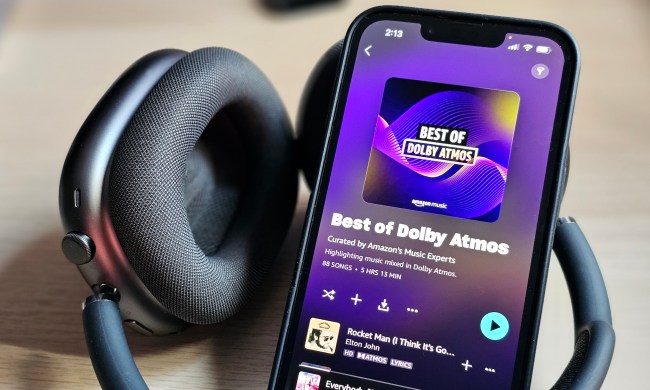Oppo has announced the MariSilicon X, its first ]Neural Processing Unit (NPU) dedicated to improving the speed and performance of the Artificial Intelligence (A.I.) used for its smartphone cameras. Built using a 6nm process, the MariSilicon X is designed to take away the heavy lifting that A.I. needs from the phone’s Central Processing Unit (CPU), to improve overall camera performance, particularly in lowlight video.

While Oppo has announced the MariSilicon X now, you won’t see it in action until next year, as the company says the next Find X flagship smartphone will be the first to feature the chip, and it won’t be revealed until early 2022. This is exciting as Oppo made one of the best cameras we saw during 2021 with the Find X3 Pro, so we look forward to seeing how the new NPU improves it even further.
Now you know what it is and when it’s coming, what does the MariSilicon X do? Oppo used a lot of numbers and stats to show what makes the new NPU special, with the claim that it delivers 20x faster A.I. processing in 4K video than the Find X3 Pro being the headline. Regarding the chip’s design, it has a 20-bit Image Signal Processor (ISP), extra DDR memory bandwidth so it doesn’t need to share with the main CPU, and a high level of power efficiency.
The chip’s A.I. processing will enable phones to shoot 4K resolution video at night in lossless RAW, with less noise and more color and brightness. Although we have not seen this in action yet, we were shown some test sample images shot with the MariSilicon X during a presentation, and the difference in brightness and color vibrancy between it and competing hardware was considerable. Oppo promises the live preview will be accurate, too, so the resulting footage will match what you saw with your own eyes.
MariSilicon X’s Ultra HDR ISP has a 20-bit/120db dynamic range, which Oppo says is 4x the dynamic range available from the Find X3 Pro’s camera, and using the lossless 20-bit RAW processing produces a high +8db signal-to-noise ratio, reducing the noise you don’t want to see and revealing more of the detail and color you do. The chip also adds a RGBW Pro mode.
Oppo joins chip makers like MediaTek investing in high-performance NPUs, and other manufacturers like Huawei and Google in producing custom, dedicated NPU and ISP pairings. The next Find X series smartphones from Oppo, with at least one featuring the MariSilicon X, are expected to arrive during the first three months of 2022.



